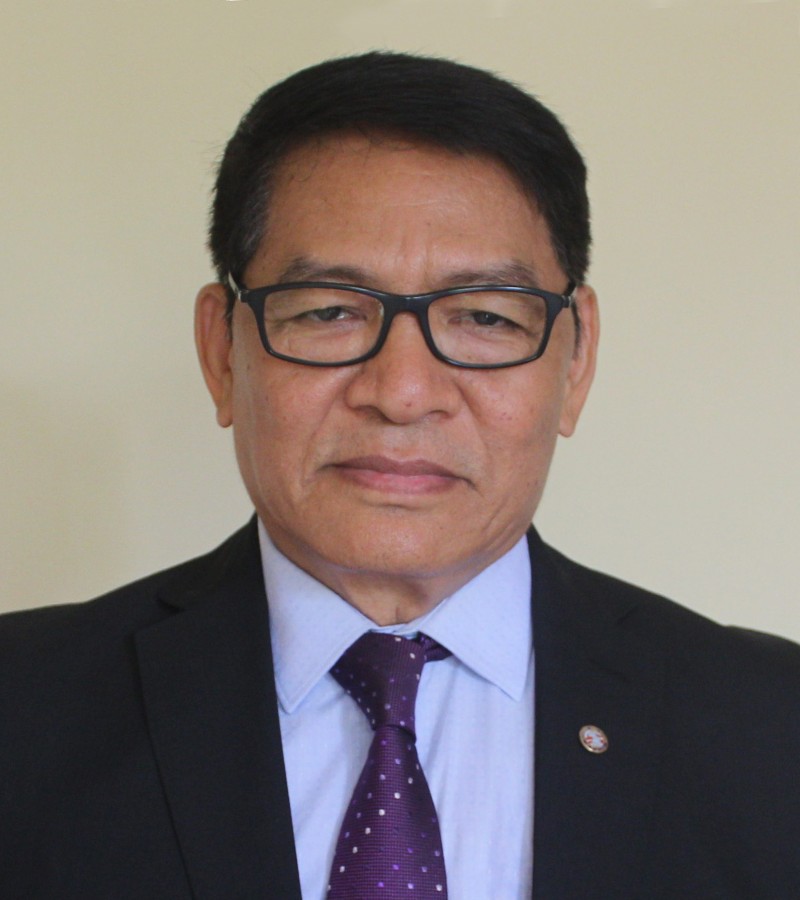Editorial
How serious are educational Institutions about the mental health of young people?
Opinion | Editorial | John S. Shilshi | 14-Sep-2025

During the monsoon session of the Parliament in July 2025, Union Minister of State for Education Sukanta Majumdar informed the house that student suicide cases accounted for 7.6 per cent of all suicide cases reported across India in 2022, showing a slight dip from 8.0 per cent in 2021 and 8.2 per cent in 2020. This still is a huge concern despite the decrease in percentage from the preceding years. Coincidentally, the Supreme Court, on July 25, 2025, pronounced its judgement in the case of Sukdev Saha vs. State of Andhra Pradesh and Ors in favour of the petitioner and issued a directive that all educational institutions with 100 or more students must appoint at least one qualified counsellor, psychologist, or social worker trained in child and adolescent mental health.
The Apex court also issued a set of 15 directives for educational institutions, which included avoiding segregation of students based on academic performance and eliminating public shaming or unrealistic academic targets, assigning dedicated mentors or counsellors to smaller student groups, particularly during examination periods, mandatory training for teaching and non-teaching staff at least twice a year on psychological first aid and suicide prevention, prominent display of suicide prevention helpline numbers in common areas, hostels, and institutional websites, establishing clear protocols for mental health referrals and emergency support, maintaining anonymised wellness records and submitting annual mental health reports to the relevant regulatory authority, organising awareness programmes for parents and guardians on student mental health, prioritising extracurricular activities to foster holistic development, and installing tamper-proof ceiling fans and restricting access to rooftops and other high-risk areas, among others.
Christian institutions, particularly those managed by the Catholic Church, are widespread in the northeast region. Fortunately, these missionary-run schools and colleges haven’t had a poor track record of student suicides or suspicious casualties. This could be due to their superior management compared to some government and private institutions. However, this is no reason for complacency because absence of incidence does not necessarily mean compliance with the requirements of a qualified counsellor, psychologist, or social worker trained in child and adolescent mental health. This could at best be the outcome of ensuring better discipline and academic atmosphere where teacher-student relationship is not only cordial but much more open in these institutes. But for all practical purposes, that cordiality and bonhomie cannot be a substitute for professional engagement.
The nature of society is evolving. Materialism, greed, and selfishness are all prevalent in every society, while cherished human values are fast losing ground as never before. Broken families are aplenty, differences within families are countless, parent-child disconnects are common in every family, trust deficits between family members and relatives have assumed insurmountable proportions, drug and alcohol addictions are on the rise, and deviation from spiritual engagements, greed for wealth, and the menace of social media have drastically changed the thinking processes of individuals. All these have a direct impact on the mental health of children and young people. Recognising these issues, the Supreme Court issued a series of directives that apply even to institutions with as few as 100 students.
While every point emphasised by the Supreme in their directive are important, the insistence on the need to have trained men and women to take care of students' mental health is one of the most crucial requirements in every institution. Similarly, mandatory training for teaching and non-teaching staff at least twice a year on psychological first aid and suicide prevention, which is one of the requirements laid down by the supreme court, cannot be ignored by administrators of schools and colleges. Also, principals and administrators need to understand that these directives from the apex court are different from ordinary executive orders issued by the authorities more with the intention of safeguarding departmental interests rather than meaning business. These judicial directives are binding on every stakeholder, and in the unfortunate event of an unforeseen tragedy involving young people, non-compliance could prove costly, even leading to the arrest and imprisonment of concerned authorities for dereliction and negligence. The question, however, is, are institutions even aware of such a directive issued by the court, let alone understand the likely implications?
Leave a comment
